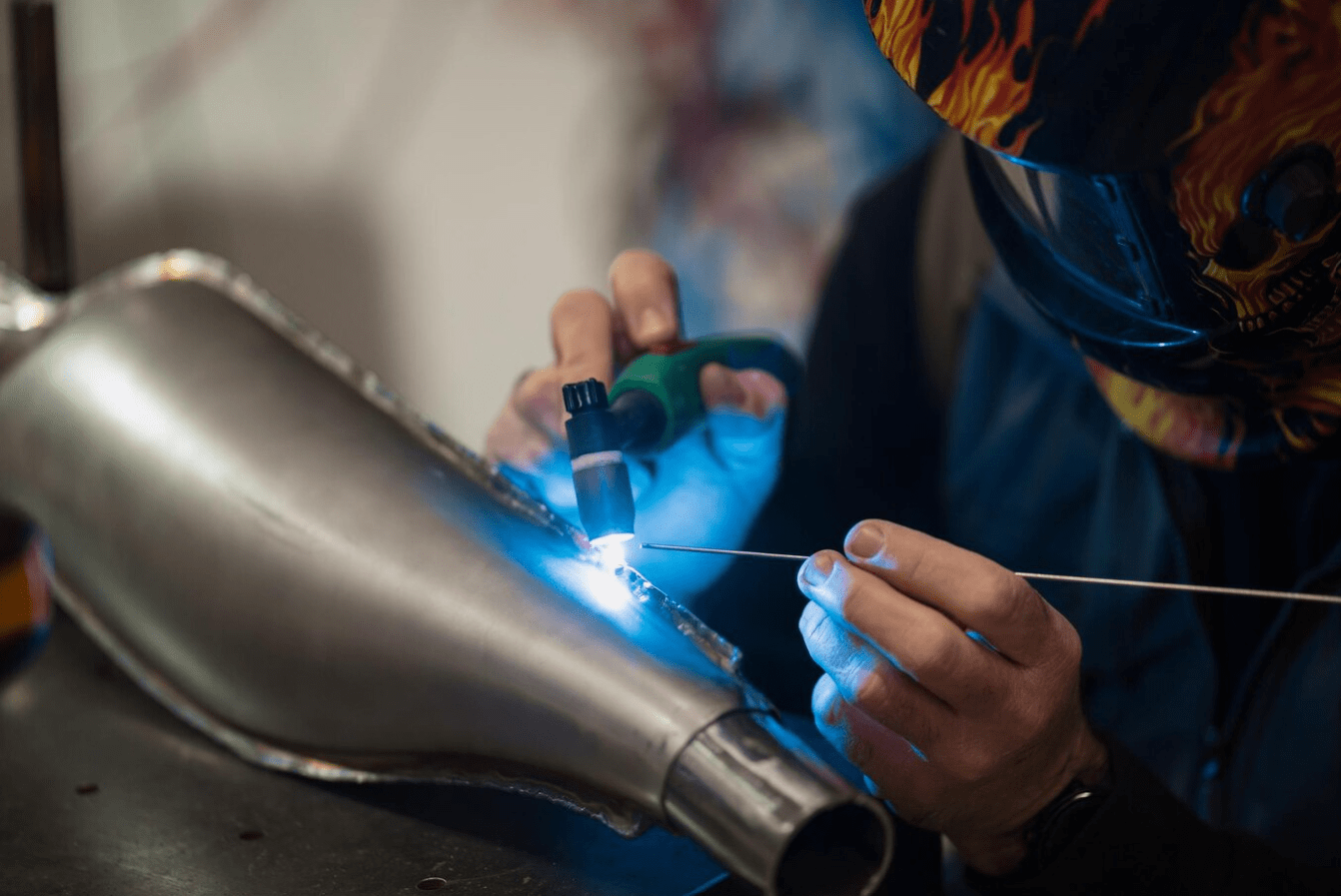Canada is a country where innovation drives success. Across industries, businesses are finding means to get work done more rapidly, intelligently, and precisely—and one of the methods they do so is by utilizing laser welding technology.
Laser welding is based on using focused beams of light to melt and join material together. It’s tidy, rapid, and incredibly precise, making it ideal for the high requirements of today’s manufacturing.
Let’s see Canada’s top five sectors where laser welding is having a real impact.
1. Auto Industry: Building Larger, Lighter Vehicles
Canada’s auto sector has always been competitive, with the manufacturers always seeking better ways to make vehicles safer, lighter, and more fuel-efficient.
Laser welding is a significant contributor by offering:
- High precision to work with delicate car parts
- Lighter-weight stronger welds without adding weight
- Faster assembly lines through automation
Vehicles today are made of a mix of light materials including aluminum and high-strength steel. Laser welding allows vehicle manufacturers to fuse these materials together without compromising their strength or safety.
In parts of the world like Ontario, where the automotive manufacturing industry is a major contributor to the local economy, companies rely on laser welding for applications ranging from car chassis frames to battery enclosures in electric cars.
By boosting production rates and improving the quality of their products, laser welding gives Canadian auto manufacturers a tremendous competitive edge.
2. Aerospace Industry: Flying Higher with Precision
When it comes to the aerospace industry, precision is not only needed—it is required.
Airplanes and spacecrafts require components that are very durable but extremely lightweight.
One minor error could lead to massive failure in the long run.
Laser welding benefits Canadian aerospace companies by:
- Making flawless welds on fragile components
- Reducing the heat-affected zone (less warping of materials)
- Effortless welding of dissimilar materials like titanium and aluminum
Canada’s aerospace industry, especially in provinces like Quebec, benefits tremendously from the advanced technology of laser welding.
Airplane engines, fuel systems, cabin components, and even components in satellites are now more often built or repaired using laser welding techniques.
It’s just another manner in which Canada stays at the forefront of global aviation technology.
3. Medical Device Manufacturing: Reliability in Every Weld
In healthcare, each instrument, device, and implant must be subject to very high standards and there is no room for error.
Laser welding offers many advantages to Canadian medical device manufacturers:
- Ultra-hygienic welds that meet sterility and hygiene requirements
- Micro-accuracy for small items like stents and surgical instruments
- Robust, corrosion-resistant joints that last for years
Because laser welding utilizes low heat and no additional substances like solder, it’s suited for producing elaborate implants, surgery scissors, and precision hospital machines.
Companies based in Toronto, Vancouver, and Montreal are utilizing laser welding to meet global market demand for reliable, secure medical technologies.
With better welds comes better care for thousands of patients in healthcare.
4. Energy Sector: Energizing Canada’s Future
The energy industry—from gas and oil to clean power—is a gigantic part of Canada’s economy.
Laser welding assists this industry by:
- Forming leak-proof joints for pipelines
- Joining massive wind turbine components
- Making solar panel frames more robust
In oil and gas, laser welding is used in critical infrastructure like high-pressure pipelines and off-shore drilling rigs, where traditional welding methods might not deliver the precision or durability required.
And in the clean energy sector, wind farms and solar panel companies use laser welding to build lighter, stronger frames that will withstand more severe weather.
From Alberta’s oil sands to British Columbia’s hydro projects, laser welding keeps Canada’s energy flowing freely and safely.
5. Construction and Infrastructure: Building Smarter, Faster
Last but not least is the construction sector, where speed, strength, and safety are most important.
In urban centers such as Toronto and Vancouver, work is often under tight schedules.
Laser welding helps by:
- Speeding up steel making
- Creating cleaner, stronger welds
- Facilitating precise joining of architectural components
Bridges, high-rise buildings, tunnels, arenas—they all rely on metal structures. Laser welding helps companies build faster without sacrificing quality or safety.
And since laser welding has no issue with welding thick, heavy-duty materials or thin sheets, it’s ideal for projects of any size.
In infrastructure, where budget and timing can make or break a project, the accuracy and speed of laser welding provide a huge advantage.
The Bigger Picture: Why Laser Welding Matters in Canada
Across all these industries, laser welding offers key benefits:
- Better Quality: Tighter, cleaner welds with fewer defects
- Greater Production: Shorter build times, lower labor costs
- Material Flexibility: Used on metals, alloys, plastics, and more
- Automation-Compatible: Easily integrated into robotic systems
- Energy Efficient: Less waste, less power consumption
As technology improves, it makes it possible for Canada to compete globally.
Whether it’s a green vehicle, a lifesaving device, or a new downtown high-rise, laser welding is quietly making it all possible.
The Bottom Line
Laser welding is more than a tidy piece of technology—it’s a game-saver for Canada’s industries. Its precision, efficiency, and versatility allow big and small businesses to construct better, smarter, and faster than ever before.
From aircraft and automobiles to power plants and hospitals, laser welding is constructing Canada’s future economy.
As increasingly more industries become aware of its potential, watch for Toronto welding to play an even larger role in Canada’s journey toward excellence, sustainability, and innovation.
